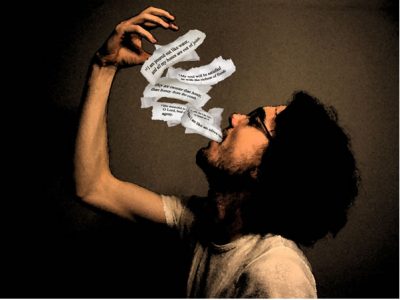By
JD DeHart
Some may say that poetry is no longer appreciated and when I ask my students about the role of poetry in their lives, the statement seems to be true. A scant one or two hands are usually raised when I ask how many members of my classroom enjoy poems, and those few hands are sheepish.
That is, until I mention music. It seems that all of my students listen to some form of music, with very rare exceptions. Rhythm, metaphor, meaning, personification, narrative – all of these elements are communicated in music. A glance at song lyrics reveals their poetic nature, and music often helps us express our emotions and tell the story of our own lives.
Loving poetry is simply an act of leveraging, with respect, an understanding that we are poetic and narrative creatures and that these figurative language techniques and structures are part of our daily lives. As Freire suggested, we must learn to read the world, as well as the word.
Using my own poems and fiction in class has also proven to generate some interest. Once I share some of my work, there is a personal connection that is often made. This practice communicates the message, ‘We are in this together’. Poetry is not seen as some dusty and removed reality, but has entered the classroom as a real, living entity that can be changed, edited, and created in moments.
I will occasionally take the challenge to gather a sampling of random words from students and then try to construct a poem out of those “findings.” Of course, the next step is that it becomes time for the students to create. Unless I have learners take and apply, creating something out of what has been shared, I feel I am missing a step.
So then, poetry not only still speaks, it sings – and chances are, teachers and students alike even sample poetry on their way to class the very day of the lesson. The poetic, however, was disguised, an incognito aspect of a larger culture.



No Comments Yet!
You can be first to comment this post!